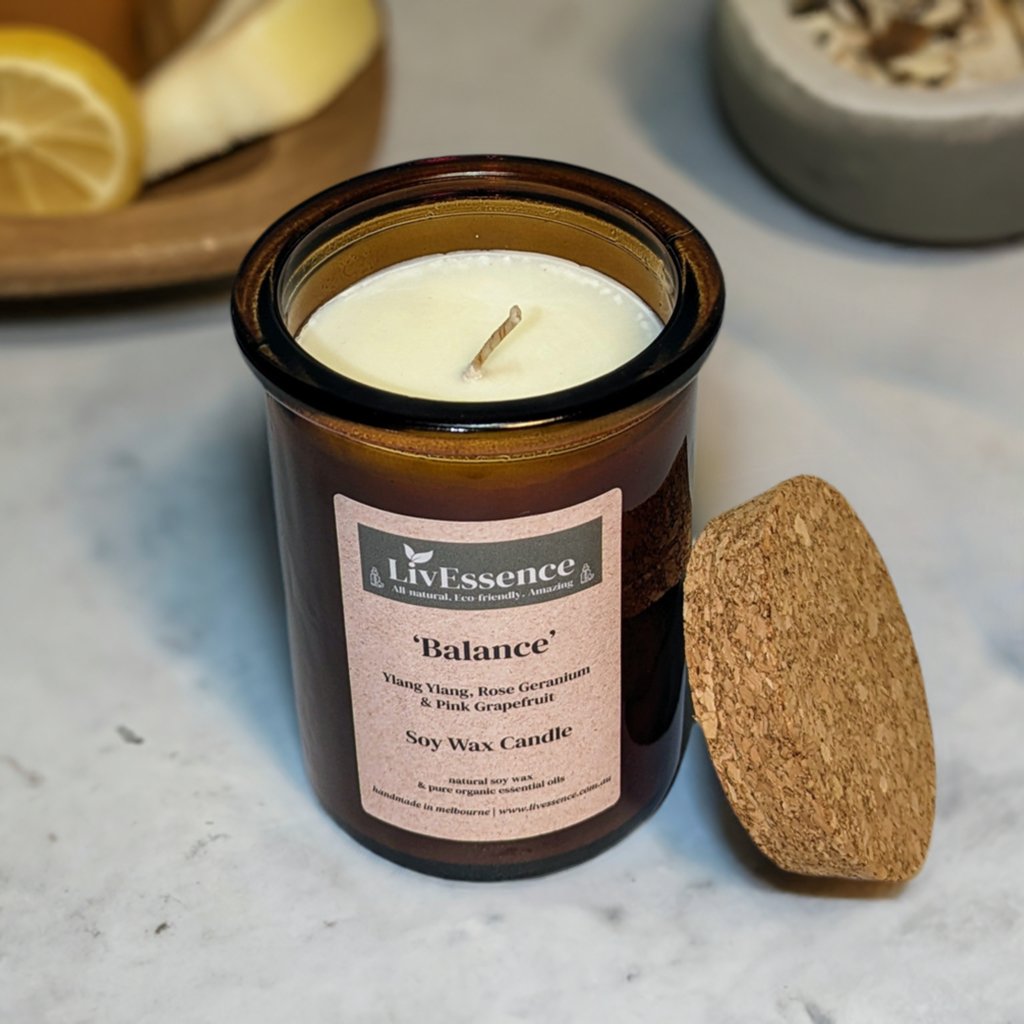Encounter the Serenity of Crystal Soy Candles and Home Fragrance
Encounter the Serenity of Crystal Soy Candles and Home Fragrance
Blog Article
From Wick to Wax: Comprehending the Chemistry Behind Soy Wax Candles and Their Ecological Impact
As we illuminate our areas with the warm radiance of candle lights, there lies a realm of intricate chemistry behind the apparently easy act of lighting a soy wax candle. Join us as we untangle the clinical ins and outs behind soy wax candles and discover their effects on our environment.
Soy Wax Vs. Paraffin Wax
When comparing soy wax and paraffin wax for candle light production, it is vital to comprehend the distinctive qualities and benefits of each product. Soy wax is an all-natural, eco-friendly resource stemmed from soybean oil, making it biodegradable and green - soy wax candles. On the other hand, paraffin wax is a result of petroleum refining, which raises concerns about its environmental effect and sustainability
Soy wax candle lights melt cleaner and give off much less residue contrasted to paraffin wax candles, making them a much healthier selection for interior air high quality. Furthermore, soy wax has a lower melting factor, enabling for a longer-lasting candle light that disperses scent better. Paraffin wax, on the various other hand, has a tendency to shed faster and less easily, potentially releasing harmful chemicals right into the air.
From a sustainability point of view, soy wax is favored for its biodegradability and sustainable sourcing, lining up with the expanding consumer preference for environmentally aware products. While paraffin wax has actually been a conventional selection in candle making because of its affordability and convenience of use, the change towards eco-friendly choices like soy wax is getting momentum in the industry.
Chemical Structure of Soy Wax

Burning Refine in Soy Candles
The chemical structure of soy wax straight influences the combustion process in soy candle lights, affecting variables such as burn time, fragrance launch, and ecological effect. When a soy candle light is lit, the warmth from the flame thaws the wax near the wick. This fluid wax is then drawn up the wick as a result of capillary action. As the fluid wax gets to the fire, it undergoes and evaporates burning. The combustion process includes the vaporized hydrocarbons in the wax responding with oxygen in the air to produce warm, light, water vapor, and carbon dioxide.
The burning performance of soy candle lights is affected by the pureness of the soy wax and the quality of the wick. In addition, soy wax candle lights have a lower environmental impact compared to paraffin candle lights due to their renewable and naturally degradable nature.

Ecological Advantages of Soy Wax

Taken into consideration a lasting option to typical paraffin wax, soy wax uses notable environmental benefits that make it a popular selection amongst eco-conscious customers. Soy wax burns cleaner and creates less residue than paraffin wax, adding to better indoor air top quality and minimizing the demand for cleaning and maintenance. On the whole, the ecological benefits of soy wax align with the expanding demand for eco-friendly and sustainable items in the market.
Recycling and Disposal Factors To Consider
Recycling and correct disposal of soy wax candles play a critical role in maintaining ecological sustainability and reducing waste in homes and neighborhoods. When it pertains to reusing soy wax candle lights, the initial step is to ensure that the candle light has actually melted completely. This can be accomplished by enabling the candle to shed up until the wick is no much longer useful, and afterwards allowing the continuing to be wax cool and solidify. When the wax has solidified, it can be very carefully pop over to these guys eliminated from the container.

In regards to disposal, if recycling is not an option, soy wax candle lights are biodegradable and can be safely gotten rid of in many home waste systems. It is always advised to inspect with neighborhood reusing centers or waste management solutions for particular standards on candle disposal to ensure correct handling and environmental defense.
Final Thought
To conclude, the chemistry behind soy wax candles reveals their ecological advantages over paraffin wax candle lights. Soy wax, originated from soybean oil, burns cleaner and creates much less soot when contrasted to paraffin wax. The combustion procedure in soy candles is more reliable, resulting in a much longer and much more even melt. Furthermore, soy wax is biodegradable and sustainable, making it a more lasting choice for candle production. Recycling and appropriate disposal of soy wax candles even more add to their environmental effect.
When contrasting soy wax and paraffin wax for candle light making, it is crucial to comprehend the distinctive attributes and advantages of each find out product (crystal soy candles).Soy wax candle lights shed cleaner and produce less residue contrasted to paraffin wax candle lights, making them a healthier option for interior air top quality.Considered a sustainable alternative to standard paraffin wax, soy wax offers noteworthy environmental benefits that make it a prominent choice amongst eco-conscious customers. Soy wax burns cleaner and produces less soot than paraffin wax, adding to better interior air quality and reducing the need for cleaning and maintenance.In final thought, the chemistry behind soy wax candle lights exposes their environmental advantages over paraffin wax candles
Report this page